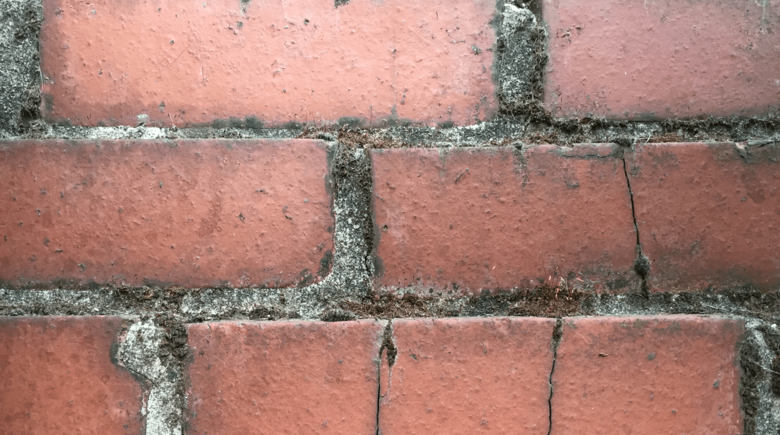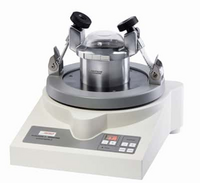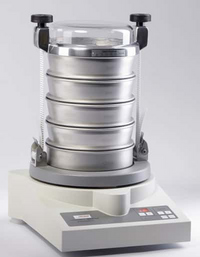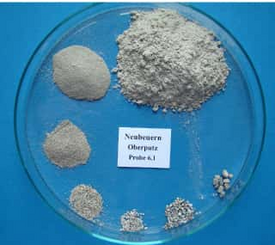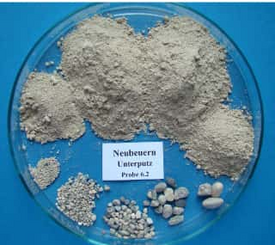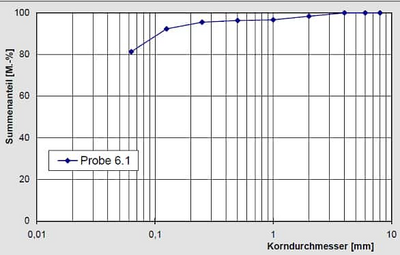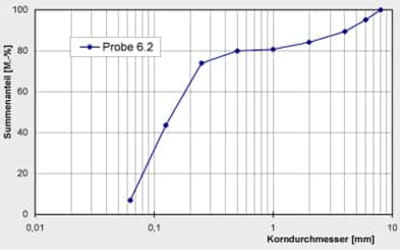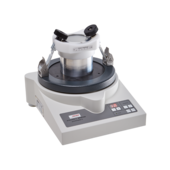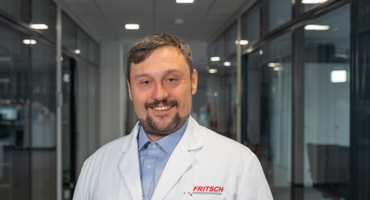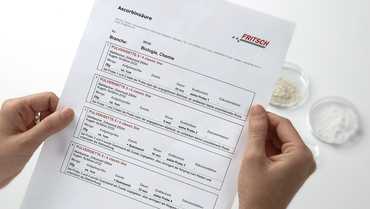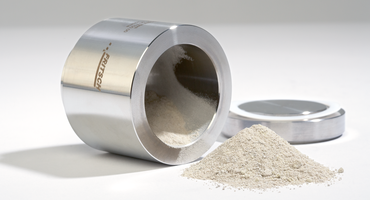Voltar à visão geral
Restoration success and the preservation of monuments
Natural stones are considered the oldest building materials of mankind. Due to the diversity of the basic building blocks and minerals, they are considered a durable building material with their superior aesthetic and robust structural-physical characteristics.
With risen environmental pollution worldwide in the last centuries and the associated weather factors, the damage to the natural stones and therefore the damage to historic basic structures of buildings also increased. But in fact, after an inspection is the maintenance and restoration relatively simple, but contrary to widespread opinion, is the preventive care and continuous inspection as a rule really cost-intensive for the responsible communities. In order to ensure an original restoration, must the historical buildings and the used materials for example mortar, chemically-technically as well as physically-technically be thoroughly defined. Here besides the chemical values like calcium, magnesium and the sulphate content even the acid-soluble and acid-insoluble shares play a decisive part. But even the ratio of the adhesive agent to the mortar plays for the composition of the mortar a true to the word supporting role. In regards to the physical examinations enables a possible original composition of the grain size curve, an exact statement about the materials and aggregates to be used.
Sample preparation with the Vibratory Micro Mill
With the utilization of the FRITSCH Vibratory Micro Mill PULVERISETTE 0, this particle size analysis can be performed promptly and without great effort and a reproducible disagglomeration from the grout compound to the primary particles can be obtained. Important with the mechanical preparation of the grout compound is the prevention of a real comminution of the single particle in order to preserve the primary particle. This is achieved with the Vibratory Micro Mill PULVERISETTE 0 by using a small agate ball (50 mm diameter) in the agate bowl, as well as a low amplitude control of max. 1.2 mm. Based on the low density of the agate with 2,65 g/m3 and the slight amplitude deflection the occurring application of energy during the comminution is so small that the primary particle (single particle) is not damaged and can be used for sieve analysis intact.
Advantages of the sample preparation with the Vibratory Micro Mill
And exactly here is the second key advantage of this configuration of the Vibratory Micro Mill PULVERISETTE 0: through the utilization of an additional configuration, in this case analysis sieves with a diameter of 200 mm, the basic instrument can be quickly transformed into sieve shaker. This means 2 different possible applications can be combined in a cost-efficient manner: the gentle disagglomeration of a material and a sieve analysis.
Results of the grinding report
As an example of this application serves the assessment and the generating of a research report of a research lab from the Munich area:in this case the restoration of Neubeuern Castle (close to Rosenheim, Bavaria). Here was the final plaster coat (sample 6.1) as well as the first coat (sample 6.2) of the Neubeuern Castle comminuted and assessed.
Sieve Curve Sample 6.1 Final plaster Coat - Maximum Particle Size 5 mm
| Fraction [mm]: | Grain fraction [M.-%]: | Contents: |
| > 6.3 | 0.00 | |
| 4 - 6.3 | 0.00 | |
| 2 - 4 | 1.63 | clast, quartz |
| 1 - 2 | 1.67 | dto. |
| 0.5 - 1 | 0.40 | dto. + wood fibres, glimmer |
| 0.25 - 0.5 | 0.79 | dto. |
| 0.125 - 0.25 | 3.12 | Quartz grains, glimmer |
| 0.063 - 0.125 | 11.04 | dto. |
| < 0.063 | 81.35 | dto. + adhesive agent |
Sieve Curve Sample 6.2 base plaster Coat - Maximum Particle Size 15 mm
| Fraction[mm]: | Grain Fraction [M.-%]: | Contents: |
| > 6.3 | 4.89 | quartz particles, clast |
| 4 - 6.3 | 5.73 | dto. |
| 2 - 4 | 5.27 | dto. |
| 1 - 2 | 3.47 | dto. |
| 0.5 - 1 | 0.74 | dto. |
| 0.25 - 0.5 | 5.98 | glimmer |
| 0.125 - 0.25 | 30.42 | glimmer + adhesive agent |
| 0.063 - 0.125 | 36.65 | dto. |
| < 0.063 | 6.84 | dto. |
Cleary recognizable in the picture, as well as in the percentage of mass fractions, is the higher share of the coarse fraction in the sample of the first coat in comparison to the sample of the final coat. The decisive argument for the use of the Vibratory Micro Mill PULVERISETTE 0, especially for this application is the clearly recognizable preservation of the primary particles and the resulting actual particle size distribution.
In conclusion the following shall be stated
The use of the Vibratory Micro Mill PULVERISETTE 0 is a gentle, time saving, reproducible and cost efficient alternative for all users which might want to combine – in certain conditions – a mechanical preparation (comminution / disagglomeration) as well as the separation method of sieving. This type of preparation is independent of all industry sectors and applies to the preparation of pharmaceutical products (tablets) as well as to the chemical industry or the preparation of carbon nanotubes.
-
Download the FRITSCH-report as PDF file
Restoration success with the FRITSCH Vibratory Micro Mill PULVERISETTE 0
-
Detailed grinding reports
Voltar à visão geral

